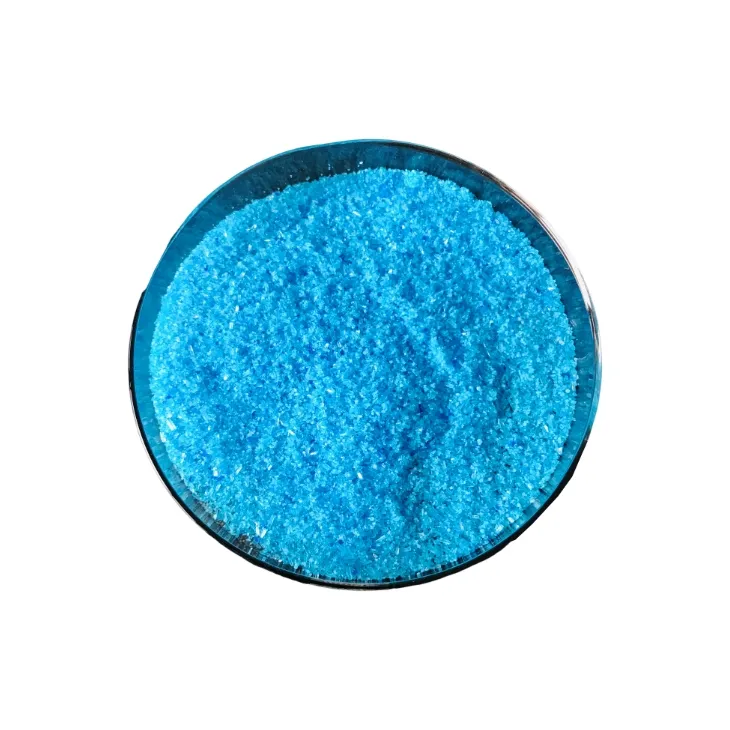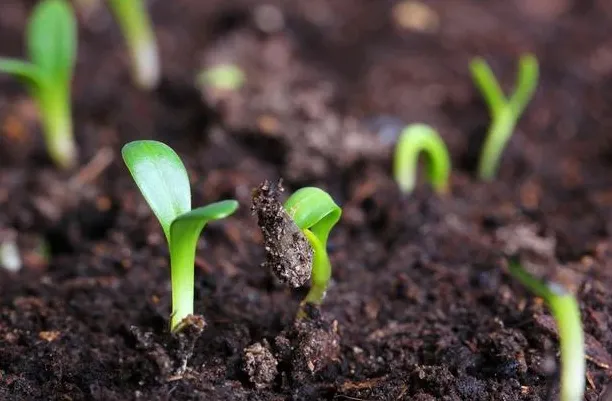Avoid your inquiry is delay response, please enter your WhatsApp/Skype along with the message, so we can contact you at the very first time.
We will reply you within 24 hours. If for urgent case, please add WhatsApp/WeChat:
Warning: Undefined variable $public in /www/wwwroot/lvfertilizer.com/wp-content/themes/hyhadmin/header.php on line 350
Warning: Trying to access array offset on value of type null in /www/wwwroot/lvfertilizer.com/wp-content/themes/hyhadmin/header.php on line 350
,. Or call
Warning: Undefined variable $public in /www/wwwroot/lvfertilizer.com/wp-content/themes/hyhadmin/header.php on line 350
Warning: Trying to access array offset on value of type null in /www/wwwroot/lvfertilizer.com/wp-content/themes/hyhadmin/header.php on line 350
directly.
Crops stall when feeding is uneven. Labels confuse, salts crust, and roots suffer. Switch to a simple plan with water soluble fertilizer: mix right, time right, and apply steadily for reliable results.
To use water soluble fertilizer, measure the dose, dissolved in water, confirm dilution and water quality, then apply by can, sprayer, drip, or injector on a schedule. Match npk ratio to stage, avoid excess fertilizer, and prevent fertilizer burn by pre-watering and using moderate strength so nutrients stay available to plants.
A water-soluble fertilizer is a finely milled fertilizer that forms a fast-acting nutrient solution once mixed. Because the fertilizer salts are fully in solution, plants take nutrients quickly for optimum plant growth through the root system in the root zone. This steady uptake supports healthy growth during the growing season.
In practice, WSFs feed through soil drenches or sprays. Leaves can also absorb small amounts during foliar feeding. Balanced programs supply each macronutrient and micronutrient that fertilizer contains, then fine-tune by stage and climate so you feed your plants without waste.
Note: wsf’s are meant for quick availability. Pair soluble feeds with soil-building practices to protect soil health and the soil microorganisms that cycle essential nutrient reserves.

What is a water-soluble fertilizer and how does it work?
Choose water-soluble fertilizers when you want precision and speed. A liquid fertilizer is ideal for seedlings, transplants, container crops, and tight production windows. Frequent light feeds keep the nutrient flow steady and helps plants hold color and vigor.
Use granulated fertilizers for base programs or long pre-plant nutrition. Add granular fertilizer sparingly where a slow background supply is helpful, then layer soluble fertilizer to hit peaks. Include a single application of slow-release fertilizers for buffering where labor is limited, and one mention of slow-release prills in sandy beds.
Quick comparison
| Scenario | Best choice | Why |
|---|---|---|
| Seedlings & plugs | Water-soluble fertilizer | Gentle, even feeding |
| Field base feed | Granular or slow-release | Season-long supply |
| Greenhouse turn | Liquid WSFs | Rapid response to plant needs |
Every fertilizer lists an npk ratio (for example 20-20-20). Leafy crops often want more nitrogen, while bloom and fruit set lean into potassium plus calcium security. Use stage-appropriate fertilizer and adjust rates by crop guides.
Example dilution table :
| Crop stage | Target focus | Mix (example) | Notes |
|---|---|---|---|
| Seedling start | Low nitrogen | 0.5–1.0 g/L | Gentle start; avoid much fertilizer |
| Veg push | Balanced nitrogen and phosphorus | 1.0–2.0 g/L | Watch color and growth |
| Bloom & fruit | phosphorus + potassium + calcium | 1.5–2.5 g/L | Firmness and quality |
Checklist: mixing & math
Yes. Alkalinity and hardness shift reactions and resulting soil pH. High bicarbonates push soil ph upward, changing microorganism activity and making iron less available. The cure is simple: get a water analysis conducted, then pick blends suited to your water.
Water & mixing tips
Mini table: water red flags
| Issue | What you see | Action |
|---|---|---|
| High alkalinity | Leaf yellowing | Acidify or switch formula |
| Salty water | Tip stress | Lower rate; flush lines |
Application options
Safety: gloves, eye protection, and labeled buckets. Keep fertilizer products sealed and ready to use.

Spraying of water-soluble fertilizers
For home gardens, simple works best: a light fertilizer feed weekly or every two weeks during active growth. Commercial programs feed by stage and tests. Frequent, modest applied fertilizers avoid surges and keep nutrient supply even.
Feeding intensity across the season
Early Season |■■■■■■
Mid Season |■■■■■■■■■■
Fruit/Finish |■■■■■■■■■
(Postharvest) |■■■
Sample weekly plan :
| Week | Stage | Target | Mix & Apply |
|---|---|---|---|
| 1–2 | Establish | Low EC | Mild fertilizer drench after irrigation |
| 3–5 | Vegetative | Medium EC | Raise nitrogen with balanced fertilizer |
| 6–8 | Bloom/fruit | Medium-high EC | Emphasize potassium/calcium; optional foliar |
| 9+ | Finish | Lower EC | Ease off feed; hold color |
Burn happens when strengths are too high or soils are dry. Prevent it by confirming dilution, feeding in cooler hours, and rinsing leaves if the label allows. If stress appears, pause fertilization, flush with clean water, then resume at a lighter fertilizer rate.
Do / Don’t
Do
Don’t
Watch EC and symptoms; that keeps excess fertilizer in check.
Foliar feeding corrects a micronutrient issue fast at low dose. Spray early or late to protect leaves. Root drenches build base reserves in the root zone and last longer, especially for macronutrients and micronutrients with sustained demand.
Quick pointers :
Yes—carefully. Light compost teas or seaweed extracts can complement inorganic fertilizers by adding traces and biologicals. Check labels for compatibility so nothing precipitates or clogs emitters. Trial on a small zone first.
Compatibility mini-list
Blossom end rot links to uneven calcium supply during fruit set. Keep moisture even and salts moderate. For yellowing, verify nitrate balance and iron availability; high alkalinity can lock out phosphorus and traces. Slow growth of plants often points to poor water quality or low organic matter content.
Symptoms → likely causes → actions:
| Symptom | Likely cause | Action |
|---|---|---|
| Fruit end black | Calcium uneven | Maintain moisture; moderate EC |
| Pale new leaves | Alkalinity high | Adjust pH; chelated iron |
| Stalled growth | Salts or cold | Reduce rate; warm water; retest |

Troubleshooting nutrition
Source from a reputable fertilizer manufacturer that publishes batch tests and impurity controls; that ensures clean dissolving and accurate assays. Bags should be sealed, dry, and clearly labeled as ready to use with storage guidance.
Label walk-through :
Storage quick list
A vegetable co-op replaced monthly broadcast with weekly liquid feeds via lines. Yields rose, color improved, and labor dropped. Greenhouses tap a stable nutrient solution and moderate nitrogen. For growing indoor hydroponic crops, clean water and steady EC keep leaves tender and aromatic.
Two brief cases
What’s the difference between water-soluble and water-soluble liquids sold in bottles?
Powders become a liquid feed when mixed; bottled liquids are pre-mixed. Both deliver fast nutrient access when used as directed.
Can I mix calcium with phosphate?
Yes, but separate tanks can prevent precipitation in high-pH water. Inject proportionally and keep lines flushed.
How do I pick an analysis for new growers?
Start with a balanced fertilizer such as 20-20-20, then steer toward more nitrogen for leaves or more potassium for fruit quality as needed.
Is compost tea a full replacement for soluble feeds?
No. Teas add biology but not a complete profile of macronutrients and micronutrients. Pair them with measured soluble fertilizer.
How long can a batch sit?
Fresh is best. Make only what you’ll use the same day, so nutrients stay available to plants and emitters stay clear.